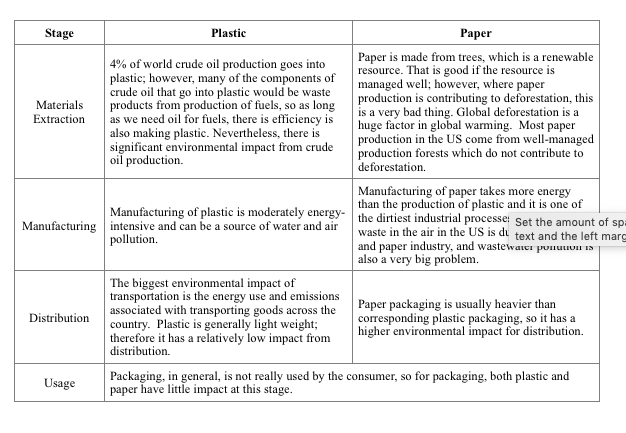Evaluating Alternatives to Plastic
- Lisa Wright Burbach

- Aug 13, 2019
- 2 min read
By: Van Burbach, PhD, PG
Environmental Consultant

A few months ago, I wrote about the big problem of single-use plastics and how we all need to take responsibility for the problem and be a part of the solution. There are a lot of things we can do as individuals, like using refillable water bottles instead buying bottled water, or using reusable cloth grocery bags instead of the disposable plastic ones; but finding solutions and alternatives to the larger problem of the widespread use of plastic in packaging is a much more complicated issue. It is easy to look at the end result of our creating over 300 million tons of plastic waste each year (globally) and the fact that plastic takes hundreds of years to degrade, and in some ways never really goes away, or to look at the horrible pictures of sea life impacted by the massive amounts of plastic pollution in our oceans and conclude that plastics must go. But if we stop using plastics to package products, we must find viable, environmentally friendly options, and that is easier said than done.
When we think of the plastic waste problem, we tend to focus on the problem of disposal at the end of the plastic product’s life, but to determine the viability of alternatives, we need to look at the whole picture of the environmental impacts of both the plastics and the various alternatives throughout the life of the product. The following graphic from the USEPA illustrates the life of any material product, often referred to as the “life cycle of stuff”.

There are environmental impacts associated with every stage of the cycle and we need to look at it all to make informed decisions. For example, let’s compare the environmental impacts of plastic vs. paper packaging at each stage of the cycle:


As you can see, the question of whether paper or plastic packaging is better for the environment is complex and depends of what types of environmental impacts you are most concerned about. If your primary concern is the impact of plastic waste on our oceans and marine life, paper is clearly the better choice. If you are more concerned about air pollution and global warming, plastic may be the better option. Of course, there are more options to evaluate than just these two and there are no perfect solutions, so it is important to think through all of the options and weigh the relative impacts of each. I think one of the best things we can do is consider using materials made with as large a percentage of post-consumer recycled content as possible, whether that be paper, plastic, or other.


































Comments